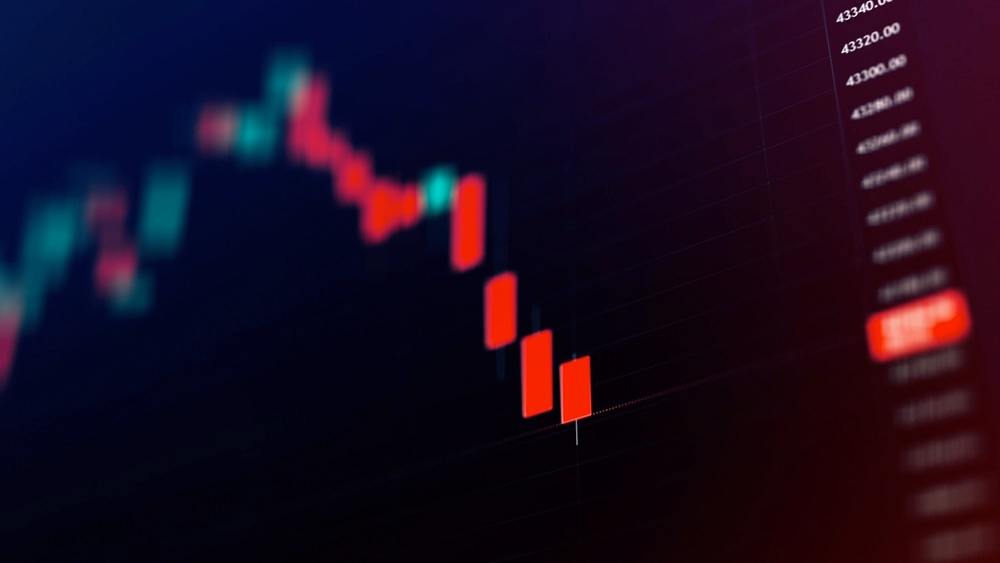As the stock market experiences a notable sell-off, the trend is further complicated by a historic outflow of capital from institutional investors at levels not seen since September 2015.
This outflow raises questions about whether the markets are destined for a correction.
In the past week, institutional investors withdrew nearly $6 billion from U.S. stocks—marking the second-largest net outflow in at least 15 years, according to data by Bank of America Global Research as shared by The Kobeissi Letter.
The recent sell-off is not a minor fluctuation, as it’s about 50% larger than the record inflow of approximately $4 billion that occurred only a few weeks ago.

This outflow suggests that professional investors are likely reconsidering their bullish stance after this year’s historic rally, which was mainly driven by big tech companies.
Interestingly, the outflow follows the S&P 500’s remarkable climb, with a nearly 20% gain year-to-date and a 40% increase over the past 12 months—about four times the average annual return since 1957.
Implication of institutional investors’ sell-off
This sharp exodus by institutions has raised questions about the sustainability of the stock market’s recent highs and whether a notable correction may be on the horizon.
With institutional investors pulling out at this scale, the market could be signaling a period of volatility or even a potential correction. Large outflows like these often reflect growing caution about market valuations and external risks, which may affect the confidence of other market participants.
This data has emerged as the Q3 earnings season has largely led to adverse investor reactions. Notably, the markets have corrected despite influential big tech companies reporting higher-than-expected earnings.
There was growing optimism that big tech would likely boost the market. However, alarm bells rang when companies like Meta (NASDAQ: META) and Microsoft (NASDAQ: MSFT) announced plans to increase their already high spending on artificial intelligence infrastructure—an element that could eat into profits.
The impact of these concerns was felt at the close of trading on October 31, when the market wiped out almost $1 trillion in a day.

Stock market fundamentals
Signs of a weakening economy, as evidenced by disappointing jobs data, have also highlighted the possibility of a further sell-off.
In this case, nonfarm payrolls increased by 12,000 for October, below the estimated 100,000, while the unemployment rate stood at 4.1%, which aligns with expectations.
Overall, financial markets remain on edge ahead of the November 5 presidential election. Professional investors believe Vice President Kamala Harris’s proposed corporate tax rate hikes could negatively impact the stock market. In contrast, Donald Trump’s plan to cut taxes is widely seen as bullish for the market.
At the same time, some key economic players, such as author and investor Robert Kiyosaki, maintain that a historic market crash is imminent. Similarly, economist Henrik Zeberg has warned of a severe recession but expects markets to make another high, with the S&P 500 potentially hitting above 6,000.








